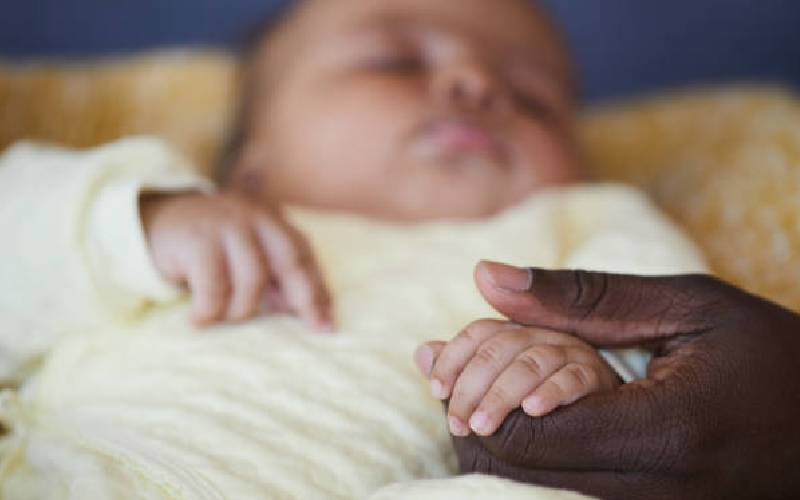×
The Standard e-Paper
Fearless, Trusted News

Imagine the joy of bringing a new life into the world, and the excitement of finally taking your baby home, watching their innocent, angelic face as they sleep peacefully. The satisfaction that comes with seeing your baby make the first steps and milestones in their young life.